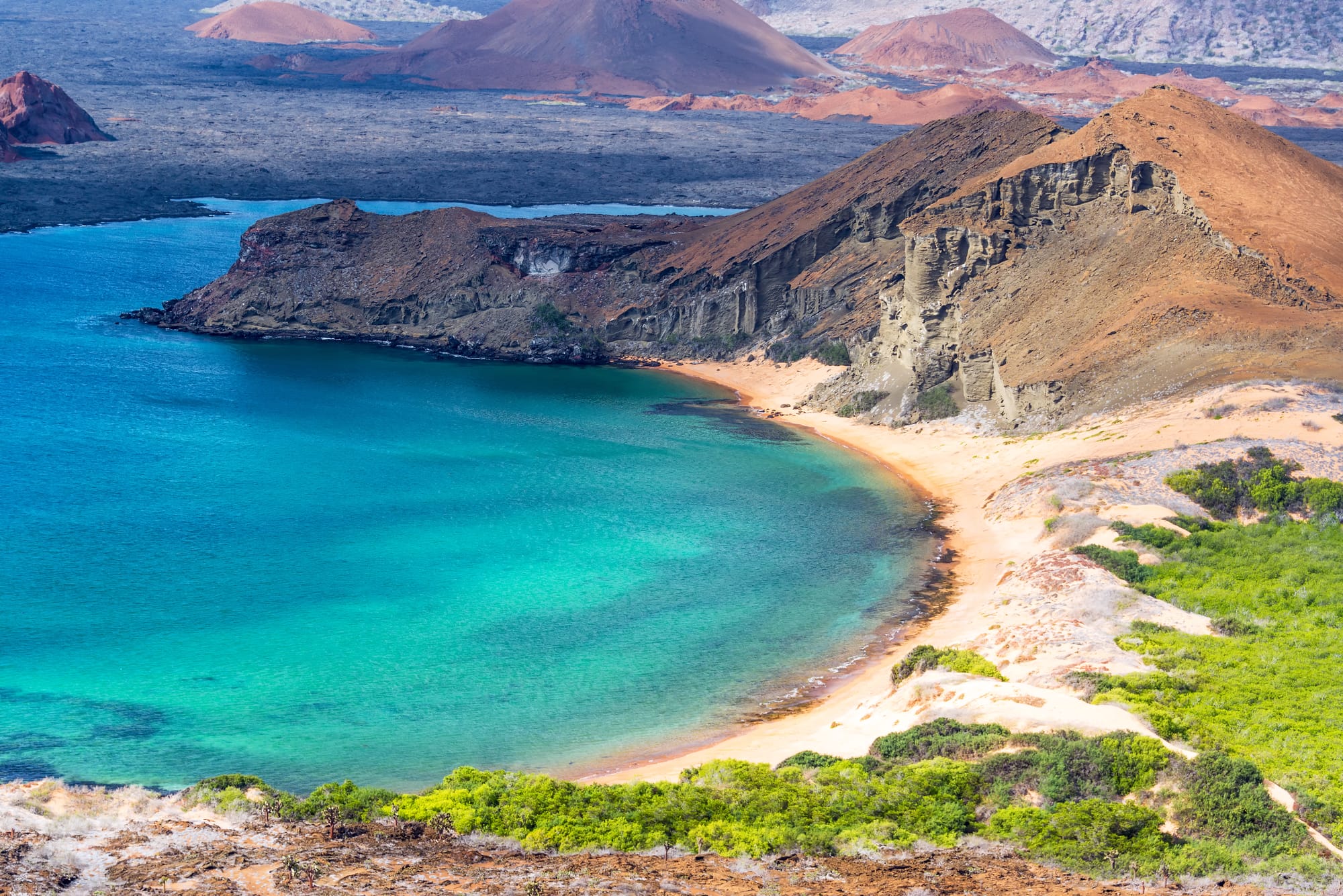Thanks in part to Charles Darwin's groundbreaking observations, which led to his theory of evolution, the Galápagos has garnered long-standing celebration as a scientific inquiry haven; it boasts volcanic landscapes and an isolated isolation. Birdwatchers find this archipelago particularly paradisiacal: here, they encounter Darwin's finches, their songs echoing through the air, albatrosses with their swooping ►
Thanks in part to Charles Darwin's groundbreaking observations, which led to his theory of evolution, the Galápagos has garnered long-standing celebration as a scientific inquiry haven; it boasts volcanic landscapes and an isolated isolation. Birdwatchers find this archipelago particularly paradisiacal: here, they encounter Darwin's finches, their songs echoing through the air, albatrosses with their swooping flights, and endemic species emitting distinctive calls all around them.
The Galápagos boasts the iconic Blue-footed Booby as one of its avian residents; this marine bird is famous for two unique features: a comical courtship dance and vibrant blue feet. Captivated by their distinctive appearance and antics, birdwatchers find these charismatic birds on multiple islands within the archipelago.
The Waved Albatross, or the Galápagos Albatross, is a distinguished avian resident of the archipelago: this majestic seabird boasts an impressive wingspan and embarks on remarkable long-distance flights over the open ocean. Its courtship rituals offer birdwatchers a rare spectacle at its breeding colonies on Española Island, thus further enhancing its celebrity status among these nature enthusiasts.
The Galápagos Islands present a treasure trove of opportunities for those pursuing encounters with unique, endemic species. On Fernandina and Isabela Islands alone, one can observe the Galápagos Penguin, the sole penguin species identified north of the equator. Additionally, within this remarkable ecosystem reside flightless cormorants, marine iguanas, known as living fossils due to their evolutionary distinctiveness, and Galápagos Hawks, all contributing to an awe-inspiring mosaic that avid birdwatchers are privileged to witness.
"Bird Island," or Genovesa Island as it is scientifically known, offers avian enthusiasts a breathtaking spectacle of seabird colonies. The island's cliffs and varied habitats create an idyllic environment for birdwatching; frigatebirds, Red-footed Boobies, Nazca Boobies, and Swallow-tailed Gulls all nest on this picturesque landscape. Indeed, witnessing such a diverse concentration of bird species in one locale epitomizes the unparalleled experience that Galápagos offers to avid birdwatchers.
Naturalist guides, possessing intimate knowledge of the ecosystems within the Galápagos Islands archipelago, lead guided birdwatching excursions that enrich your experience. These experts offer insights into avian behavior, ecology, and conservation efforts of island inhabitants. The Galápagos, a UNESCO World Heritage site and marine reserve, is a living testament to its unique biodiversity through ongoing commitment towards sustainable tourism and stringent protection measures. In this manner, it continues thriving despite increased global interest, which could threaten such a delicate balance maintained harmoniously by man's careful stewardship and nature's resilience.
Birdwatching in the Galápagos Islands transcends mere bird observation; it immerses one into a vibrant laboratory of evolution, adaptation and ecological resilience. The archipelago's isolation nurtures an exceptional assortment of avian species, among which exist nowhere else on Earth.
It is a rare opportunity for avid birdwatchers to experience life's intricate ballet unfolding against the dramatic scenery of volcanic landscapes and unspoiled water bodies offered by the Galápagos. Enthusiasts in the Galápagos share a transformative connection with nature's creative forces through birdwatching. They immerse themselves in an environment saturated with the calls of endemic birds and populated by unique species along its shores.
◄
